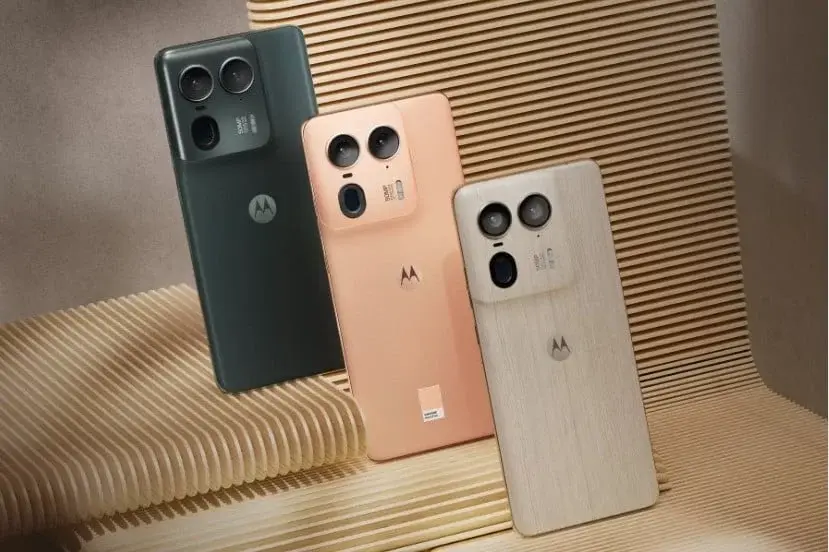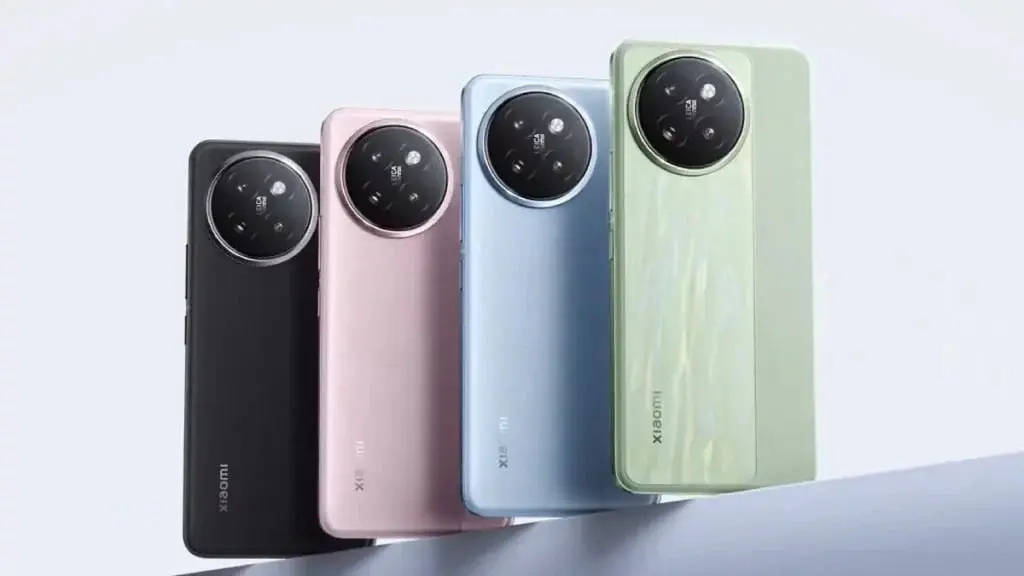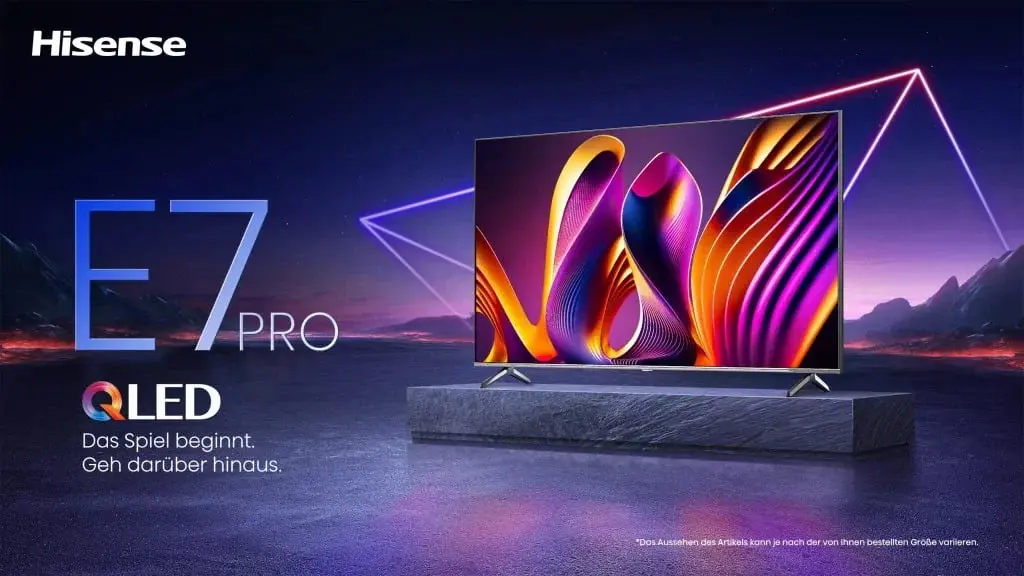Motorola is set to launch the Edge 50 Ultra in India soon, following its earlier global release. Here’s a detailed look at its expected features, specifications, and more.
Motorola Edge 50 Ultra: Premium Phone with Unique Build?
Traditionally, premium smartphones feature glass panels, and recently, vegan leather has gained popularity. However, the Motorola Edge 50 Ultra is likely to introduce a unique wood back option. From its global launch, we know the smartphone might come in three color variants with two different back materials. These include Forest Grey and Peach Fuzz for the vegan leather variant and Nordic Wood, which uses real wood. All variants are framed with sandblasted aluminum.
Impressive Display
The Edge 50 Ultra boasts a 6.7-inch LTPS pOLED display with a 2,712 x 1,220 pixel resolution and a 144Hz refresh rate. The panel features a 20:9 aspect ratio, HDR10+ support, and an impressive 93.8 percent screen-to-body ratio. It covers 100 percent of the DCI-P3 color gamut and achieves a peak brightness of 2,500 nits. The display is Pantone validated and includes an in-display fingerprint scanner. For protection, it uses Corning Gorilla Glass Victus with an anti-fingerprint coating.
High-Performance Chipset
Under the hood, the device is powered by the Qualcomm Snapdragon 8s Gen 3 SoC, paired with up to 16GB of LPDDR5X RAM and 1TB of UFS 4.0 storage. This high-end chipset is slightly less powerful than the Snapdragon 8 Gen 3. It houses a 4,500mAh battery that supports 125W wired fast charging, 50W wireless fast charging, and 10W wireless reverse charging.
For audio, the Edge 50 Ultra features a dual stereo speaker setup tuned by Dolby Atmos and includes Snapdragon Sound support for lossless audio with wireless headphones and earbuds. X-axis motors enhance haptics. Connectivity options comprise dual SIM support, Bluetooth 5.4, Wi-Fi 7, and NFC. The smartphone runs on Android 14 OS and includes an IP68 rating for water and dust resistance.
Versatile Camera System
The Edge 50 Ultra is equipped with a versatile triple camera setup. This includes a 50-megapixel primary sensor with laser autofocus and OIS, a 64-megapixel periscope telephoto lens with OIS and 3x optical zoom, and a 50-megapixel ultra-wide-angle lens. The front camera is also 50-megapixels, ideal for selfies and video calls. The camera system is Pantone certified for accurate color reproduction, including skin tones. It offers various shooting modes like portrait, macro, timelapse, panorama, pro mode, and super high resolution mode.
Launch Date & Pricing
Motorola is set to unveil the Edge 50 Ultra in India on June 18, 2024, at 12 PM local time. While the price in India hasn’t been disclosed yet, the device has a starting price of 999 Euros in the global market. Therefore, it is anticipated that the Indian pricing will be around or above 70,000 INR. Stay tuned for further updates.















